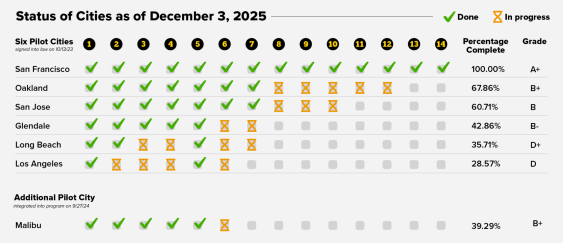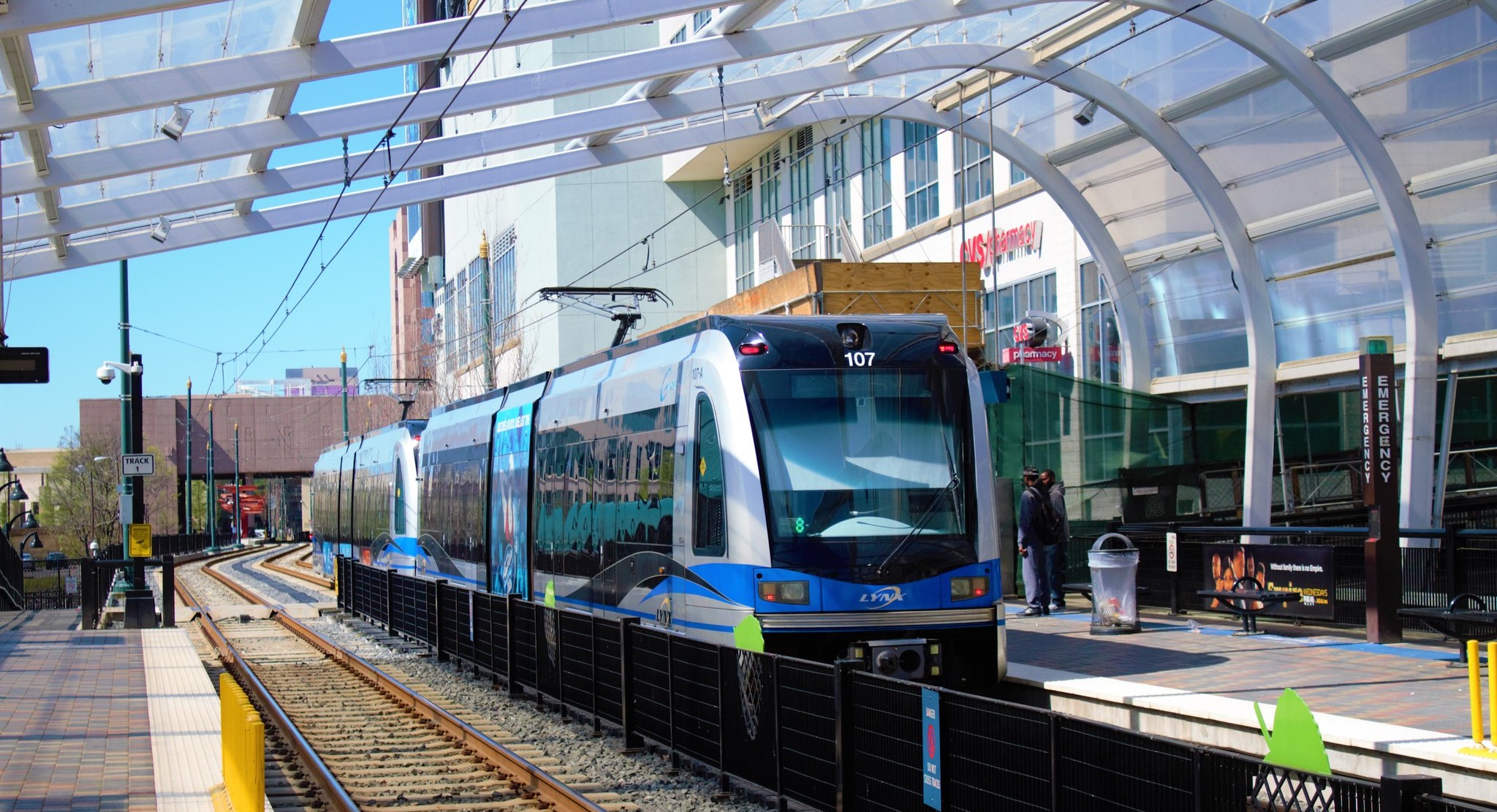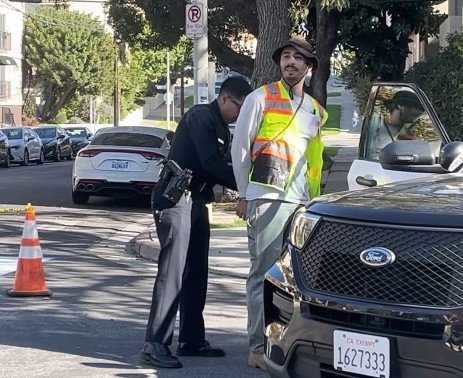
There's a notion that remains very pervasive in certain quarters -- *cough* Joel Kotkin *cough* -- that the reason so many American cities are sprawling and suburban is the natural result of market forces. Essentially, Americans love driving and big yards and so that's what we get.
But it's a mistake to characterize American housing markets as anywhere close to perfectly market based. The federal government subsidizes housing to the tune of $450 billion a year. The vast majority of that money is reserved for sprawling, suburban housing.
Mary Newsom at Network blog The Naked City carried this update from Governing Magazine. Even after the housing market collapse, the Federal Housing Administration is still promoting sprawl at the expense of, well, anything else. Here's how Governing's Scott Beyer sums up the situation:
Since its 1934 inception, the FHA [Federal Housing Administration] has insured mortgages for more than 34 million properties, facilitating mass homeownership over several generations. But only 47,205 of these plans have been for multifamily projects. This is due to longtime provisions that make it harder for condos to get FHA certification. As late as 2012, 90 percent of a condo’s units had to be owner-occupied and only 25 percent of its space could be for businesses.
Newsom notes that "the FHA has eased that rule a bit in the past two years" -- after persistent prodding, FHA relaxed restrictions against mixed-use buildings. The rules that remain, however, are still wildly unbalanced, Beyer says:
These policies mean that, although practically every single-family home can be FHA-insured, only 10 percent of condo projects nationwide qualify. This makes condos less affordable, since prospective buyers seeking private financing without FHA backing face higher borrowing costs and typically must make 20 percent down payments rather than the 3.5 percent typically required of FHA-backed mortgages.
There's obviously a long way to go.
Elsewhere on the Network today: Bike Portland reports that a recent Oregonian column made light of "running over cyclists" -- always good for a laugh! Urban Review STL shares stories of gas stations that have been converted into restaurants. And now that Arlington's Columbia Pike is not getting a streetcar, Greater Greater Washington wonders what's next.





